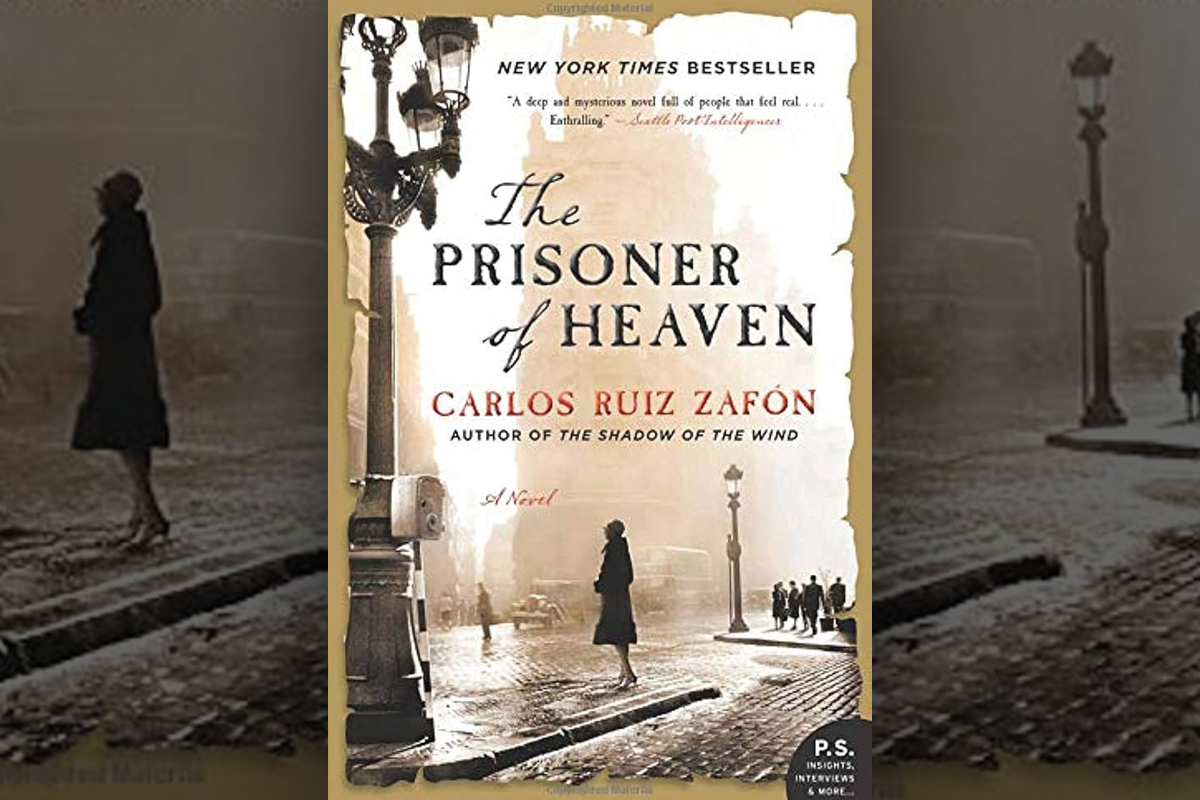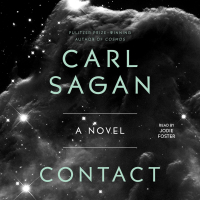Two fine novels for spring reading

Two novels, one a classic Western set in 1885 Nevada, the other centered on Barcelona and the aftermath of the Spanish Civil war, snagged my attention this past week. I was busy, but every time I caught a break, I was on the front porch, enjoying the May weather and turning the pages.
Walter Van Tilburg Clark’s “The Ox-Bow Incident” was familiar to me. About 40 years ago, I’d watched the movie starring Henry Fonda, and even earlier, back in my childhood, I’d read the Classics Illustrated comic version.
The plot of this novel is simple and straightforward. Two cowboys, Art Croft and Gil Carter, join 26 others in the town of Bridger’s Wells to hunt down and string up three outlaws believed to have murdered a man, Larry Kinkaid, while rustling some cattle. Though operating as a posse under the guise of law, these riders are actually a lynch mob. After convincing themselves that their cause is just — a few dissenters want to see the men brought to justice, not to a noose hanging from a tree limb — the vigilantes set out, ride well into the night through some rough weather and capture the supposed outlaws sleeping by a fire.
One of these men is a Mexican with a murky past, another is an addled old man and the leader is Donald Martin, who claims to have bought the cattle and knows nothing of a murder. Despite his repeated pleas of innocence and his demands that they be taken before a judge and jury, the vigilantes hang all three men. On their return trip to Bridger’s Wells, they encounter the sheriff and learn not only that Kinkaid is alive, but the men they’ve executed were indeed innocent.
What separates “The Ox-Bow Incident” from most Westerns are its extended reflections on justice, civilization, law, guilt and mob mentality. Prominent in these dialogues are three men. Art Croft, the tale’s narrator, serves as a sort of sounding board as well as amanuensis for the mob, recording the words and feelings of some of the others through his commentary. One of these in particular is the sophisticated Major Tetley, the wealthiest man in town and the leader of the mob. Coldhearted and self-righteous, Tetley is chief advocate for lynching the captives. A shopkeeper, Davies, whose face, unlike those of the rest of the posse, is “white from indoor work, is Tetley’s nemesis. It is Davies who argues, eloquently at times, for bringing the three men they’ve apprehended into town to face justice in a courtroom.
Yet of the 28 riders in this posse, only four stand with Davies when Tetley demands a vote on whether to hang the men or turn them over to the law.
Related Items
History gives us plenty of examples of mob rule and groupthink, that condition which can relieve participants of individual responsibility for actions undertaken while erasing their ethics and clouding their abilities to think critically. Should we moderns view ourselves as beyond such primitive impulses, we have only to remember the mobs of our time — the riots of the summer of 2020, for example, or the online gangs that viciously try to dox or ostracize some — to recover our sense of humility and shame.
In “The Prisoner of Heaven” (Harper Perennial, 2013, 278 pages), Carlos Ruiz Zafon continues the saga of the Sempere family, which he began with “The Shadow of the Wind” (Penguin Books, 2005, 487 pages) and which Gary Carden reviewed in the Smoky Mountain News in late April 2010. It’s 1957, just before Christmas, and Daniel Sempere, husband to the beautiful Bea and father of the infant Julian, is working in his family’s Barcelona bookshop alongside his aging father. With them is their closest friend, Fermin Romero de Torres, who is finally about to settle down and marry. All seems well until a mysterious stranger enters the shop. He leaves behind a message which first drags Fermin, and then Daniel, back to 1939 and the harsh aftermath of the civil war.
Here we learn of Fermin’s incarceration into a hellhole of a prison, the tortures he suffered and how it happened that on his escape he became connected to the Sempere family. Having finally revealed these truths to Daniel, the two men must then scramble to track down the stranger, unravel the bundled mysteries that led to Daniel’s mother’s death, and see that Fermin has the identity documents that will legally cinch his marriage to Bernarda.
Like “The Shadow of the Wind” and Book 2 of the Sempere story, “The Angel’s Game,” “The Prisoner of Heaven” brings readers mystery, humor and bits of history. Zafon again gives us some insights into Spain’s bloody war and the fascist and communist ideologies that cleaved through that country like one of those famous Toledo steel swords. His ability to build suspense remains intact and as alive as ever. Best of all, his portrait of Fermin is, quite simply, a delight. The old rogue with the tongue of a stiletto and the heart of an angel is as always ready to drop words of advice to Daniel, skewer institutions from the government to the church and offer compliments to women befitting a Renaissance courtier.
Good reading, everyone!
(Jeff Minick reviews books and has written four of his own: two novels, “Amanda Bell” and “Dust On Their Wings,” and two works of nonfiction, “Learning As I Go” and “Movies Make the Man.” This email address is being protected from spambots. You need JavaScript enabled to view it..)

















